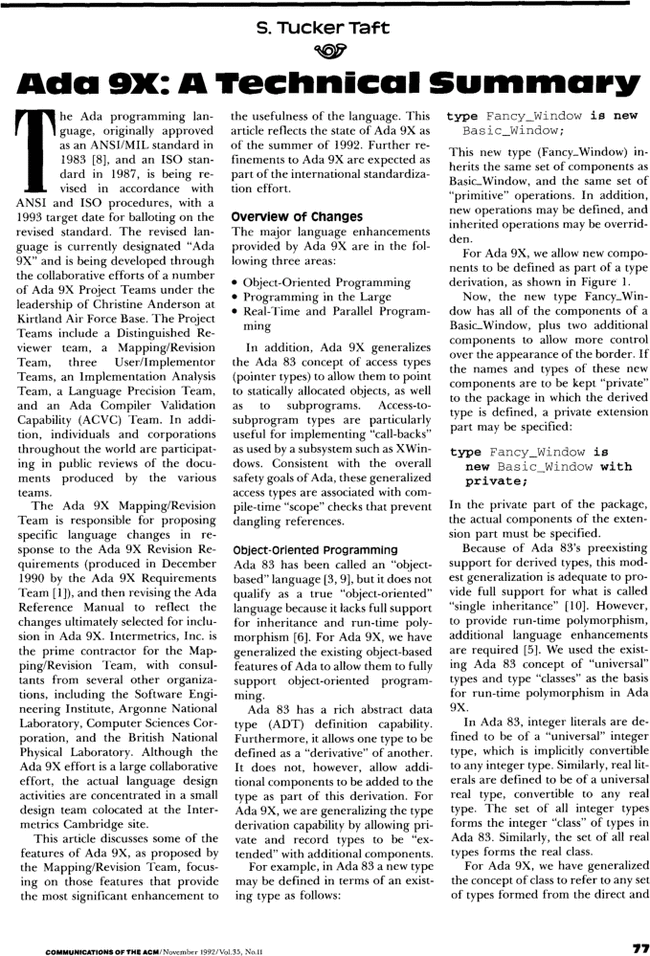Cited By
View all- Radenski A(2014)Module embedding e][email protected]Software - Concepts & Tools10.1007/s00378005001519:3(122-129)Online publication date: 25-Apr-2014
- Tso KShokri ETai ADziegiel, r R(2013)A reuse framework for software fault tolerance10th Computing in Aerospace Conference10.2514/6.1995-1012Online publication date: 18-Feb-2013
- Mishra BDehuri S(2011)Parallel Computing Environments: A ReviewIETE Technical Review10.4103/0256-4602.8124528:3(240)Online publication date: 2011
- Show More Cited By





